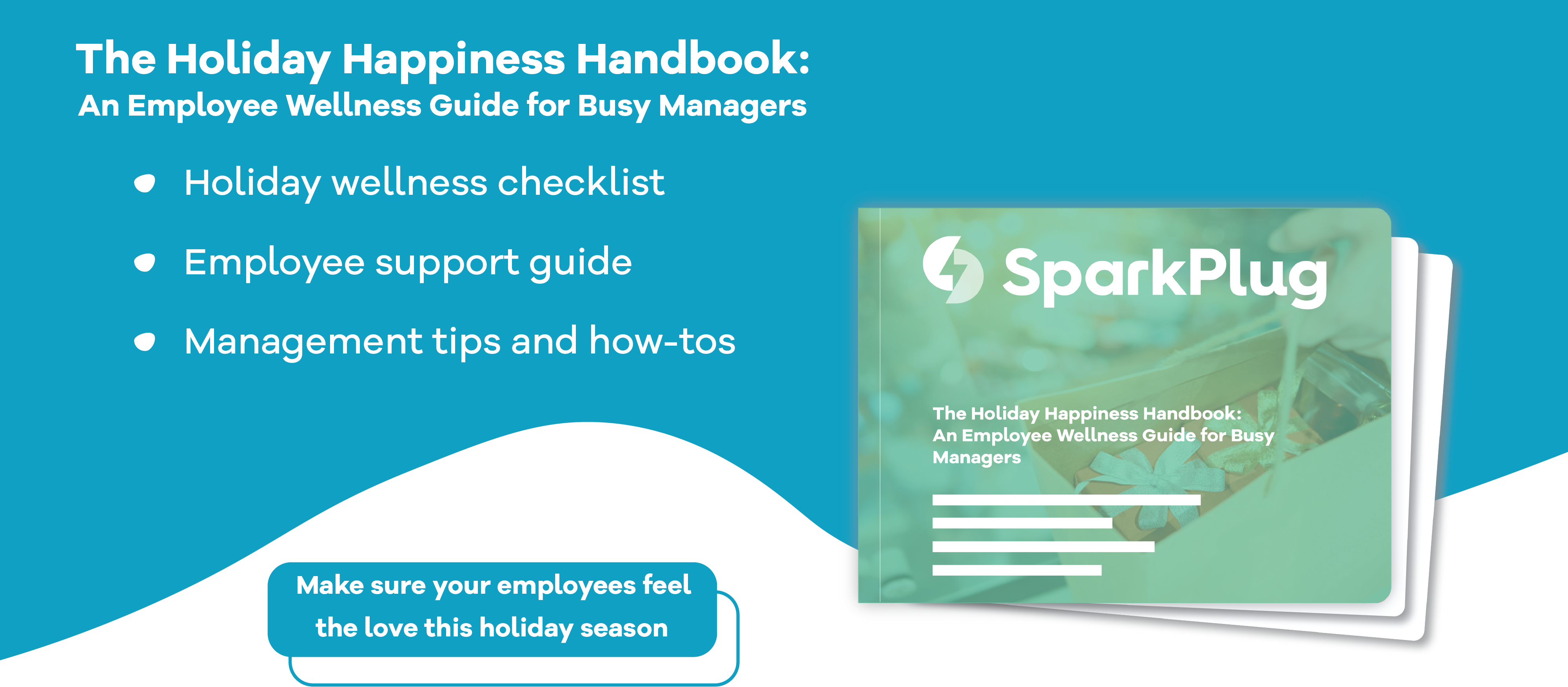5 Important Ideas to Remember as You Start a Sales Incentive Program
If you run a brick-and-mortar retail business or restaurant, one of your top concerns is probably profitability. You want to make it into the black every month and year. However, one of the important factors that most operato fail to consider is the retention and morale of their employees. Employees who are satisfied with their work environment, who feel valued and appreciated, and who believe in the product they are selling are more likely to push products authentically and with greater energy, ultimately driving your company’s profitability and customer loyalty.
Launching a sales incentive program is one of the best ways to encourage employees to push products positively, both upping the morale of your team and increasing profits at the same time. Here are some foundational ideas to remember as you launch a sales incentive program to help you fire up your team.
Rewards that Don’t Dip Deep into Your Profits
Your rewards for your employees should be valuable to the team; however, they shouldn’t take away all the extra money that your business will earn by the sales incentive pushes. One possible solution is to tier your rewards system. If the employees bring in a certain amount in extra sales, the reward will be comparable. For example, if the top seller achieves $1,000 in sales they could earn a $20 reward, but if they hit the $2,000 mark their reward could be worth $50, and $5,000 could be $150. The proportion rises a bit more with each tier, but still is not dipping too much into your profit margin.
Set Goals that Are Clear and Concise
A sales incentive program should be easy to understand and easy to achieve. If there are too many, “if this, then that” stipulations, employees could get confused and frustrated instead of concentrating on the easy “sell this, get that” idea that will just allow them to push towards an easily attainable goal.
In sales, people are more likely to achieve their goals when it is a specific number they can keep in mind rather than an abstract proportion. For example, set a goal of “sell 50 appetizers in a single weekend” as opposed to “sell 25% more appetizers than last week’s numbers.”

Let Your Team See Their Connected Value
People want to work together to achieve a common goal. It creates community, camaraderie, and loyalty to the organization and commitment to a shared vision of success. Employees can have individual sales goals, but if they are also all working together to achieve a company goal, they will be more likely to encourage each other and bring a positive spirit to the workforce rather than an individualistic, competitive nature that might frustrate under-performers.
Rather than having your team compete against each other for the “top position,” allow employees to all achieve a goal on their own and set a goal for the entire team, as well. This will encourage a team-spirit atmosphere, and employees who look out for one another will be more likely to stay around for the long run, reducing voluntary turnover and saving you valuable time and money.
Focus on the Average Joes, Not Just the Top Performers
Employee incentive programs should strive to elevate the performance of employees, not just your top-team. Top performers often have an internal motivation that will inspire them to bring their best to work every day, whether or not there is a reward. However, incentivizing the person who might not feel very motivated on most days to put in the extra effort will help them to see that they actually can achieve something greater, and the reward they get from achieving an attainable goal will further motivate them to feel confident in their sales long after the incentive has ended.
Bring Everyone Together for the Common Good
Many large restaurants or retail businesses have multiple teams concentrating on different aspects of the business, or offices in multiple cities or states that don’t interact with each other. When you launch an employee sales incentive, however, you want everyone working together for a common goal instead of having each small team work toward their own missions.
One incentive program makes for a great deal less work on your end as an owner or manager, and smaller rules or regulations can be given to the individual offices or teams as necessary. Too many different programs with different stipulations can be confusing or overwhelming, causing people to just throw their hands up, put their heads down, and go forward with what they were doing before so they don’t have to think too hard.
Keep it simple and easy to achieve, while ensuring that the small teams and the large entirety of the company can work together to hit the new standard and increase profitability.
Final Thoughts
Stay flexible and garner plenty of feedback from your team before and after the incentive program. Sales incentives can bring in a great deal more profit for your business and heighten team and individual morale when they are done well.





